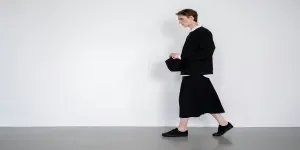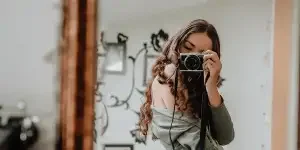Custom patches have become a significant trend in the apparel and accessories industry. These versatile embellishments are not only a means of personal expression but also a powerful tool for branding and marketing. As the demand for unique and personalized products continues to rise, custom patches are gaining popularity among consumers and businesses alike.
Table of Contents:
– Market Overview: The Growing Demand for Custom Patches
– Diverse Materials and Textures: Elevating Custom Patches
– Innovative Designs: Creativity at Its Best
– Functionality and Features: Beyond Aesthetic Appeal
– Cultural Influence and Heritage: A Rich Tapestry
Market Overview: The Growing Demand for Custom Patches

The market for custom patches is experiencing significant growth, driven by the increasing demand for personalized and unique products. According to WGSN, the custom patch market is expected to see a substantial rise in the coming years, with more brands and consumers seeking ways to stand out in a crowded marketplace.
One of the key factors contributing to this growth is the rise of customization in the fashion industry. Consumers are no longer satisfied with off-the-rack products; they want items that reflect their individuality and personal style. Custom patches offer a simple and effective way to achieve this, allowing individuals to add a personal touch to their clothing and accessories.
Brands are also recognizing the value of custom patches as a marketing tool. By offering custom patches, brands can create a stronger connection with their customers, fostering loyalty and engagement. This trend is particularly evident in the streetwear and sportswear markets, where custom patches are used to create limited-edition products and exclusive collaborations.
The sustainability movement is another driving force behind the growing demand for custom patches. As consumers become more environmentally conscious, they are looking for ways to extend the life of their clothing and reduce waste. Custom patches offer a sustainable solution by allowing consumers to repair and upcycle their garments, giving them a new lease on life. According to WGSN, the concept of repair and customization is becoming increasingly popular, with brands like Loewe and Eva Joan offering custom repair services that elevate and personalize damaged garments.
In terms of market performance, the custom patch industry is expected to continue its upward trajectory. The global wearable patch market, which includes custom patches, is projected to grow by USD 7.11 billion during 2023-2028, accelerating at a CAGR of 13.26% during the forecast period, as reported by Research and Markets. This growth is driven by the increasing prevalence of chronic diseases, the benefits of wearable patches for providers and patients, and growing consumer awareness.
Regional insights reveal that North America and Europe are leading the way in the custom patch market, with a high demand for personalized products and a strong presence of key market players. However, the Asia-Pacific region is also emerging as a significant market, driven by the rising disposable income and growing fashion consciousness among consumers.
Key players in the custom patch market include companies like Abbott Laboratories, Apple Inc., and Samsung Electronics Co. Ltd., which are leveraging their expertise in wearable technology to develop innovative patch solutions. These companies are focusing on research and development to introduce new products that meet the evolving needs of consumers.
Diverse Materials and Textures: Elevating Custom Patches
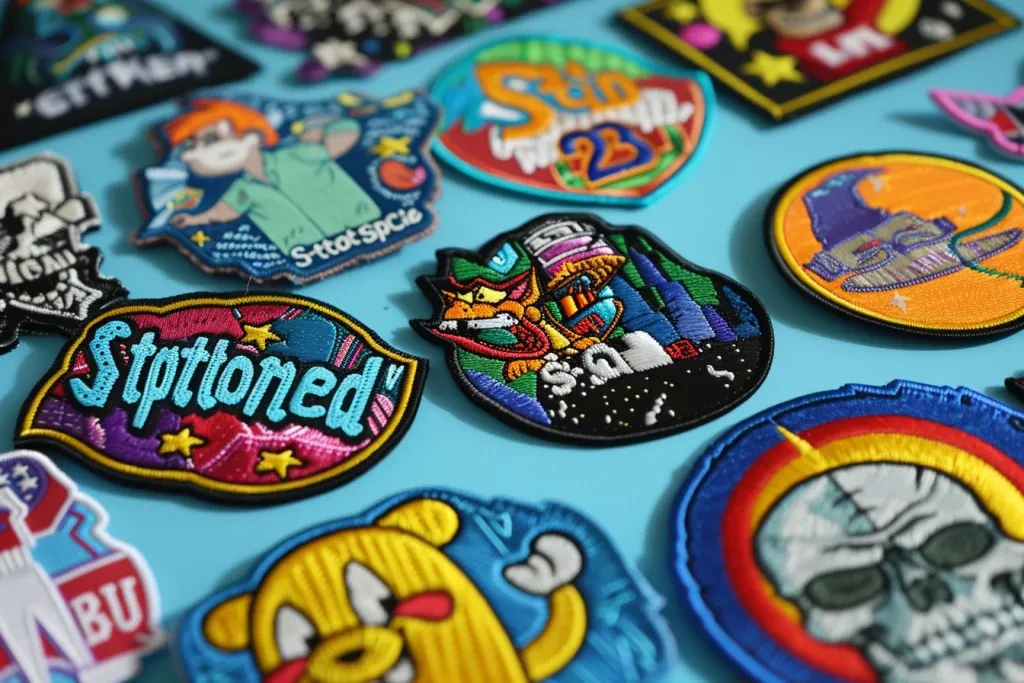
Exploring Popular Fabrics for Custom Patches
Custom patches have evolved significantly over the years, with a variety of fabrics being used to create unique and appealing designs. One of the most popular materials is cotton, which is favored for its versatility and ease of use. Cotton patches can be dyed in a wide range of colors and are often used for their durability and comfort. According to the Application & Technique: Prints & Graphics 2025 report, responsibly sourced BCI (Better Cotton Initiative) and GOTS (Global Organic Textile Standard) certified organic cotton are becoming increasingly popular due to their sustainability and eco-friendliness.
Another fabric that is gaining traction is denim. Denim patches, often used in the fashion industry, add a rugged and vintage appeal to garments. The Design Capsule: Men’s 70s Western Denim report highlights the use of recycled cotton and deadstock materials for creating denim patches, emphasizing the importance of sustainability in modern fashion.
Linen is also a popular choice for custom patches, particularly in the summer months. Linen patches are lightweight and breathable, making them ideal for warm weather. The Application & Technique: Prints & Graphics 2025 report suggests using OEKO-TEX Standard 100 certified linen for its minimal environmental impact.
The Role of Texture in Custom Patch Appeal
Texture plays a crucial role in the appeal of custom patches. The tactile experience of a patch can significantly enhance its overall aesthetic and functionality. According to the Application & Technique: Prints & Graphics 2025 report, textured jacquard and embossed details are becoming increasingly popular.
Unfinished embroidery is another trend that adds a rebellious edge to custom patches. Grungy, distressed embroidery with tassels and exposed ends is emerging as a new form of embellishment. This style celebrates imperfection and individuality, making it a popular choice for youth-oriented fashion.
Trompe l’oeil textures, which create optical illusions, are also gaining popularity. These prints mimic the appearance of delicate crafts and fabrics, offering a cost-effective and efficient way to achieve intricate designs..
Innovative Designs: Creativity at Its Best
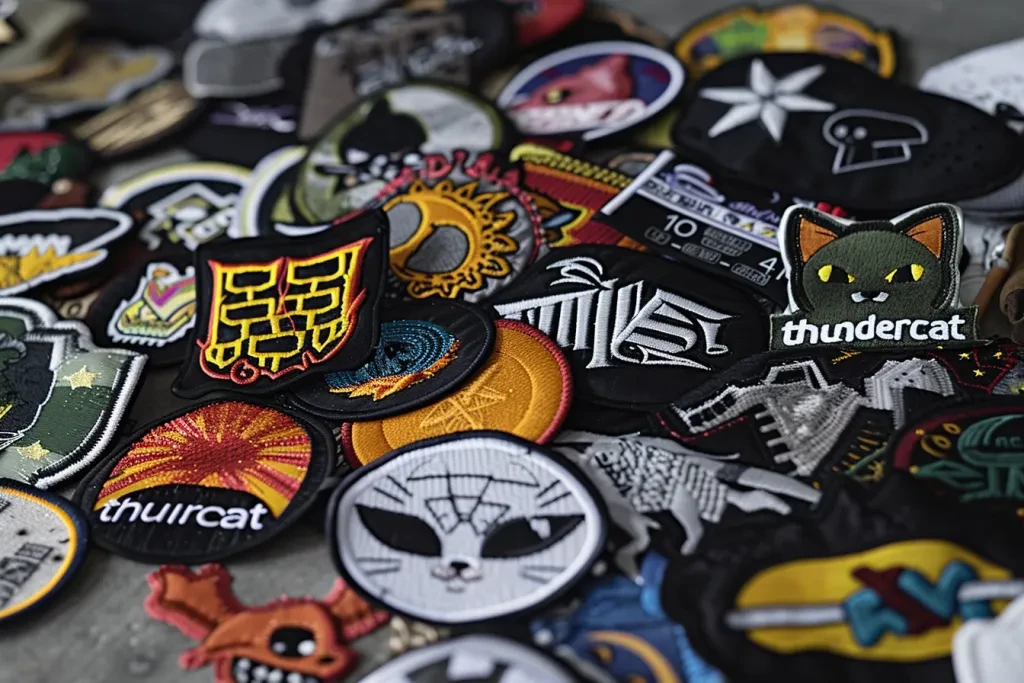
Trends in Custom Patch Design
The world of custom patch design is constantly evolving, with new trends emerging regularly. One of the most notable trends is the use of AI customization to create personalized patches. This technology allows for the creation of unique designs tailored to individual preferences, making each patch one-of-a-kind.
Another trend is the incorporation of cultural and heritage elements into patch designs. Decorative embellishments inspired by traditional crafts and techniques are gaining popularity. This includes fabric manipulation, jewellerification embroidery, and dimensional appliqués, which add a crafted touch to everyday items.
The use of color and patterns is also a significant trend in custom patch design. Bold, vibrant colors and intricate patterns can make a patch stand out and become a statement piece. The Design Capsule: Young Men’s Retro Quaint Denim S/S 25 report highlights the use of contrasting colors and geometric constructions to create eye-catching designs.
The Impact of Color and Patterns on Custom Patches
Color and patterns play a vital role in the overall appeal of custom patches. The right combination of colors can evoke emotions and create a visual impact that draws attention. According to the Design Capsule: Young Men’s Retro Quaint Denim S/S 25, colors like tranquil blue, ice blue, and chlorophyll green are popular choices for creating a fresh and modern look.
Patterns, on the other hand, can add depth and complexity to a patch design. Intricate patterns, such as floral motifs or geometric shapes, can make a patch more visually interesting and unique. Embroidered florals and corsage appliqué are popular choices for adding a touch of elegance and sophistication to custom patches.
Functionality and Features: Beyond Aesthetic Appeal
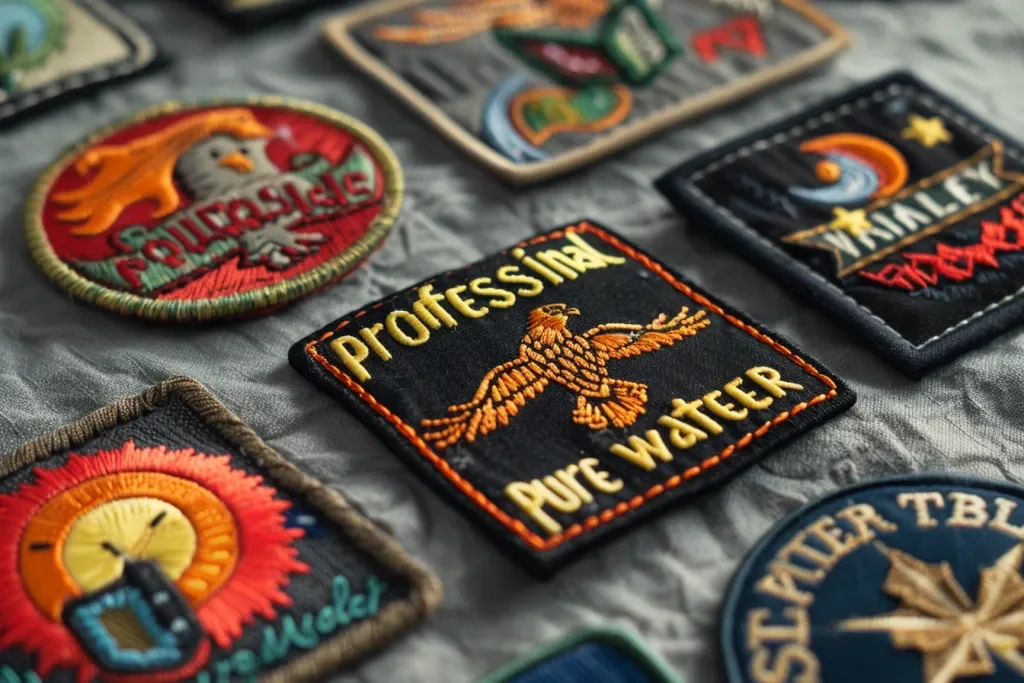
Practical Uses of Custom Patches in Various Industries
Custom patches are not just about aesthetics; they also serve practical purposes in various industries. In the fashion industry, patches are used to repair and upcycle garments, giving them a new lease on life. The Design Capsule: Men’s 70s Western Denim report emphasizes the importance of designing for repair and resale, with patches playing a crucial role in extending the lifespan of clothing.
In the military and law enforcement sectors, custom patches are used to denote rank, unit, and other important information. These patches are often made from durable materials like nylon or polyester to withstand harsh conditions.
Custom patches are also used in the corporate world for branding and promotional purposes. Companies often create custom patches with their logos and slogans to distribute at events or as part of employee uniforms. These patches help to create a sense of identity and unity among employees.
Unique Features that Enhance Custom Patch Functionality
Several unique features can enhance the functionality of custom patches. One such feature is the use of dissolvable threads, which make disassembly easier at the product’s end-of-life. This promotes circularity and sustainability.
Another innovative feature is the use of scented and tactile designs. These patches not only look good but also provide a sensory experience that can be calming and therapeutic. The Application & Technique: Prints & Graphics 2025 report highlights the use of 3D acupressure points in patch designs to promote wellness and healing.
Interactive elements, such as peek-a-boo designs and extendable graphic details, can also enhance the functionality of custom patches. These features make the patches more engaging and versatile, allowing wearers to switch between minimal and statement looks.
Cultural Influence and Heritage: A Rich Tapestry

How Cultural Trends Shape Custom Patch Designs
Cultural trends have a significant impact on custom patch designs. Traditional crafts and techniques from various cultures are often incorporated into modern patch designs, creating a rich tapestry of influences. The Collection Review: Men’s Key Trims & Details S/S 25 report highlights the use of fabric manipulation and jewellerification embroidery, which draw inspiration from traditional craftsmanship.
Cultural symbols and motifs are also commonly used in custom patch designs. These elements can add a sense of identity and heritage to the patches, making them more meaningful to the wearer. The Design Capsule: Young Men’s Retro Quaint Denim S/S 25 report notes the use of sashiko stitching, a traditional Japanese technique, to elevate workwear jackets.
The Influence of Heritage and Tradition on Custom Patches
Heritage and tradition play a crucial role in shaping custom patch designs. Many designers draw inspiration from historical and cultural sources to create patches that tell a story and evoke a sense of nostalgia. The Design Capsule: Men’s 70s Western Denim report highlights the use of Western-inspired embroidery and embossed details, which pay homage to the rich history of denim.
Traditional techniques, such as broderie anglaise and corsage appliqué, are also used to add a crafted touch to custom patches. These techniques, as reported by the Application & Technique: Prints & Graphics 2025, are ideal for creating refined and elegant designs that stand the test of time.
Conclusion
The world of custom patches is a dynamic and ever-evolving landscape, where creativity and functionality intersect. From the diverse materials and textures to the innovative designs and cultural influences, custom patches offer endless possibilities for personalization and expression. As we look to the future, the focus on sustainability and circularity will continue to shape the industry, driving the development of eco-friendly materials and techniques. With the integration of advanced technologies like AI customization and interactive elements, custom patches are set to become even more versatile and engaging, offering a unique blend of tradition and innovation.


